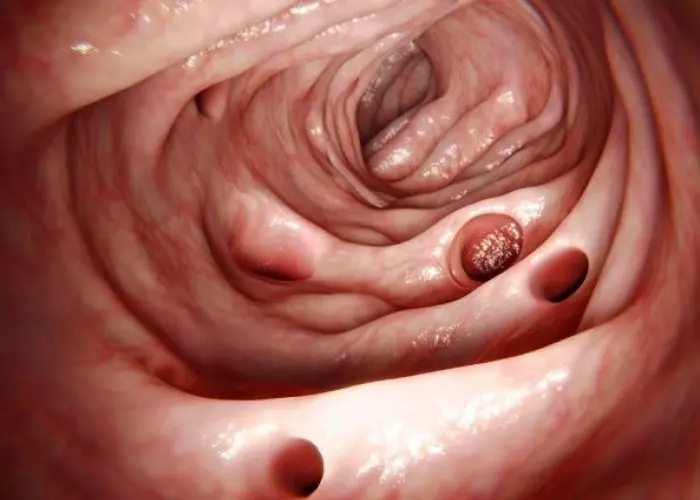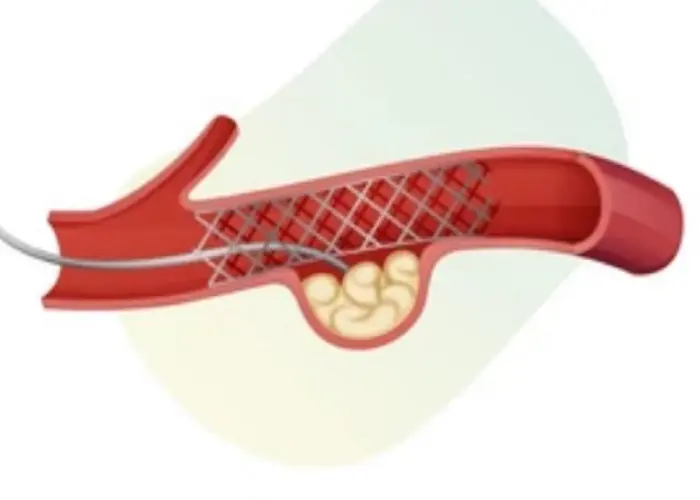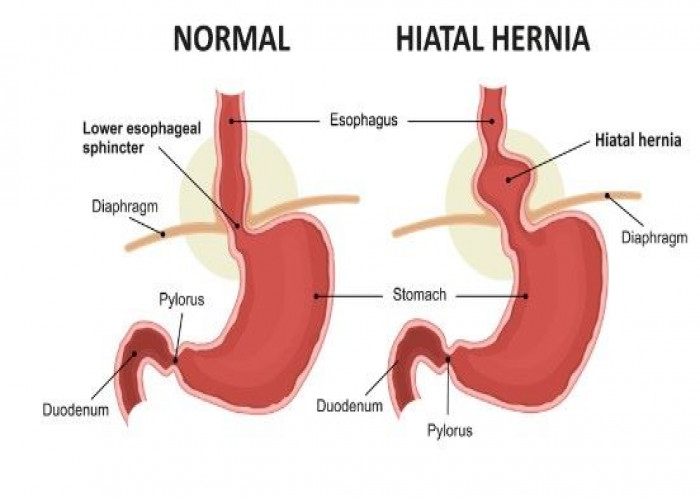 Welcome
Welcome
“May all be happy, may all be healed, may all be at peace and may no one ever suffer."
Hiatal hernia

A hiatal hernia is a condition that occurs when a part of the stomach protrudes upward into the chest through an opening in the diaphragm called the hiatus. The diaphragm is the muscle that separates the chest from the abdomen and helps with breathing.
Hiatal hernias are common and often do not cause any symptoms. However, in some cases, the hernia can cause symptoms such as heartburn, regurgitation, difficulty swallowing, and chest pain. These symptoms are usually caused by stomach acid and food that move up into the esophagus, which is the tube that connects the throat to the stomach.
There are two types of hiatal hernias: sliding and paraesophageal. Sliding hiatal hernias are more common and occur when the junction between the esophagus and stomach slides up into the chest. Paraesophageal hiatal hernias occur when a portion of the stomach pushes through the hiatus and sits next to the esophagus.
Treatment for a hiatal hernia depends on the severity of the condition and the individual's symptoms. In most cases, treatment focuses on managing symptoms and preventing complications. This may include lifestyle changes such as losing weight, avoiding large meals, and avoiding foods that trigger symptoms. In some cases, medications to reduce stomach acid or surgery to repair the hernia may be necessary. It is important to seek medical attention if you are experiencing symptoms of a hiatal hernia, as early diagnosis and treatment can improve outcomes and prevent complications.
Research Papers
Disease Signs and Symptoms
- Heartburn
- Acid regurgitation
- Backflow of stomach acid into the esophagus (acid reflux)
- Difficulty swallowing (dysphagia)
- Chest pain
- Feeling full soon after eating
- Shortness of breath (dyspnea)
- Vomiting of blood or passing of black stools, which may indicate gastrointestinal bleeding
- Hiccupping may sometimes be accompanied by a slight tightening sensation in your chest, abdomen or throat.
Disease Causes
Hiatal hernia
A hiatal hernia occurs when weakened muscle tissue allows your stomach to bulge up through your diaphragm. It's not always clear why this happens. But a hiatal hernia might be caused by:
- Age-related changes in your diaphragm
- Injury to the area, for example, after trauma or certain types of surgery
- Being born with an unusually large hiatus
- Persistent and intense pressure on the surrounding muscles, such as while coughing, vomiting, straining during a bowel movement, exercising or lifting heavy objects
Disease Prevents
Disease Treatments
Most people with a hiatal hernia don't experience any signs or symptoms and won't need treatment. If you experience signs and symptoms, such as recurrent heartburn and acid reflux, you may need medication or surgery.
Medications
If you experience heartburn and acid reflux, your doctor may recommend:
- Antacids that neutralize stomach acid. Antacids, such as Mylanta, Rolaids and Tums, may provide quick relief. Overuse of some antacids can cause side effects, such as diarrhea or sometimes kidney problems.
- Medications to reduce acid production. These medications — known as H-2-receptor blockers — include cimetidine (Tagamet HB), famotidine (Pepcid AC) and nizatidine (Axid AR). Stronger versions are available by prescription.
- Medications that block acid production and heal the esophagus. These medications — known as proton pump inhibitors — are stronger acid blockers than H-2-receptor blockers and allow time for damaged esophageal tissue to heal. Over-the-counter proton pump inhibitors include lansoprazole (Prevacid 24HR) and omeprazole (Prilosec, Zegerid). Stronger versions are available in prescription form.
Surgery
Sometimes a hiatal hernia requires surgery. Surgery is generally used for people who aren't helped by medications to relieve heartburn and acid reflux, or have complications such as severe inflammation or narrowing of the esophagus.
Surgery to repair a hiatal hernia may involve pulling your stomach down into your abdomen and making the opening in your diaphragm smaller or reconstructing an esophageal sphincter. In some cases, hiatal hernia surgery is combined with weight-loss surgery, such as a sleeve gastrectomy.
Surgery may be performed using a single incision in your chest wall (thoracotomy) or using a minimally invasive technique called laparoscopy. In laparoscopic surgery, your surgeon inserts a tiny camera and special surgical tools through several small incisions in your abdomen. The operation is then performed while your surgeon views images from inside your body that are displayed on a video monitor.
Disease Diagnoses
Disease Allopathic Generics
Disease Ayurvedic Generics
Disease Homeopathic Generics
Disease yoga
Hiatal hernia and Learn More about Diseases

Stomach cancer

Diverticulitis

Focal segmental glomerulosclerosis (FSGS)

Generalized anxiety disorder

Hemangioma

Nail fungus

Peyronie's disease

Aneurysms
hiatal hernia, হাইটাল হার্নিয়া
To be happy, beautiful, healthy, wealthy, hale and long-lived stay with DM3S.
